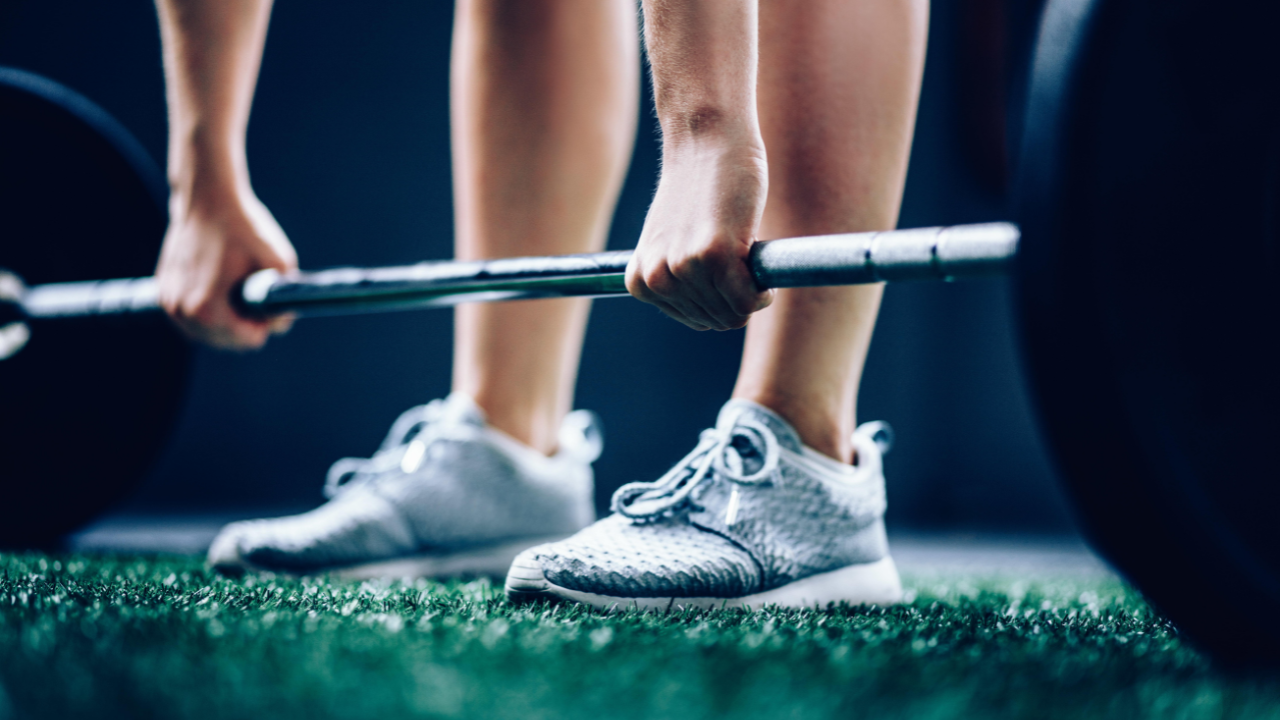
The Power of Functional and Mechanical Strength Training for Runners
Running is an excellent way to boost cardiovascular health, keep your body fit and healthy, and relieve stress. But it can also put quite a strain on your body, especially if you’re not properly conditioning it for the task. To prevent the risk of injury, it’s important to support your running routine with a balanced strength training program, encompassing both functional and mechanical exercises. In this blog post, we’ll explore the benefits of this type of training for runners and revisit some great examples of exercises that can make your runs safer and more enjoyable.
1) What is functional strength training?
Functional strength training exercises move your muscles and your body in more than one plane of motion, much like the way you move when you run. This type of exercise focuses on the whole kinetic chain, which can help improve your balance, stability, and coordination. Some of the best examples of functional exercises for runners are single-leg squats, lunges, side plank, and stability ball exercises, to name a few.
[optin-monster slug=”u9ogigt36k4zbwkxi5az” followrules=”true”]
2) What is mechanical strength training?
Mechanical strength training focuses on specific muscle groups that are critical when you run, such as the quads, hamstrings, and glutes. Regularly performing these types of exercises can help to strengthen and support these muscle groups, which in turn can help prevent common running injuries like IT band syndrome, plantar fasciitis, or runner’s knee. Some good examples of mechanical strength training exercises for runners include clamshells, bridge pose, single-leg deadlifts, and leg presses.
3) Additional benefits of strength training:
Aside from injury prevention, runners can also benefit from strength training in many other ways. Since strength exercises engage muscles that are not typically active while running, they can help you tap into the power you never knew you had – leading to increased running speed and efficiency. Improved strength can also boost your endurance and stamina, allowing you to run farther and for longer than before.
Strength training can also help improve your running posture, preventing slouchy, hunched-over running form. Building a strong core, and developing a strong upper back through exercises like push-ups, bent-over rows, and pull-ups can help to stabilize your spine, improving your alignment and helping you run with better form.
Incorporating functional and mechanical strength training exercises into your running routine is an excellent way to support your fitness goals and reduce the risk of injury. Benefits extend beyond injury prevention to help you become a faster, stronger, and more efficient runner. Whether you’re a seasoned runner or a newbie, committing to a balanced strength training program can pay dividends in the long run, help you stay healthy, and perhaps even allow you to attain new personal records. So, lace up your shoes, and get to work!






